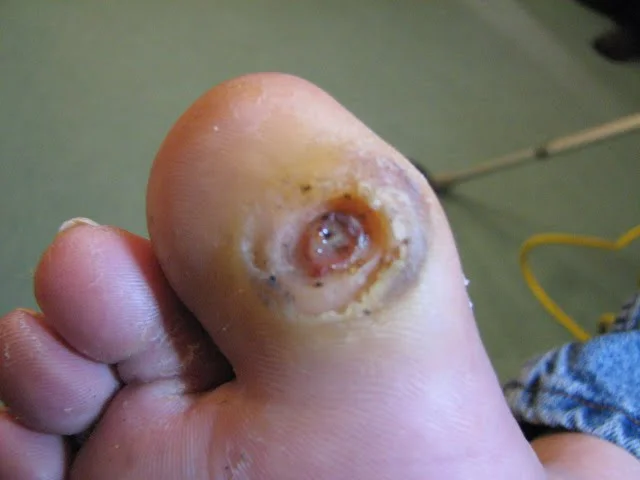
Attention Deficit Hyperactivity Disorder (ADHD) is a neurodevelopmental condition characterized by difficulties in attention, impulsivity, and hyperactivity. ADHD doesn’t manifest the same way for everyone. The condition is broadly categorized into three types, based on specific symptoms and behaviors. Understanding these presentations is beneficial for identifying and effectively managing ADHD.
Focus-Only Presentation
This type of ADHD is formally known as inattentive presentation. It primarily affects an individual’s ability to focus and concentrate. People with this form of ADHD often struggle to maintain attention, especially on tasks they perceive as tedious or complex.
Key characteristics of the focus-only presentation include forgetfulness, difficulty following through on instructions, and an inability to stay organized. Someone might frequently lose items, such as keys, or neglect to complete assignments. Unlike the hyperactive traits seen in other types, individuals with inattentive presentation may appear quiet or disengaged. These traits can sometimes make it harder to recognize this form, as the symptoms are less overt.
Hyperactive-Only Presentation
The hyperactive-impulsive presentation is characterized by excessive energy and impulsive actions. This type of ADHD stands out more noticeably and is characterized by constant movement or activity. Individuals with hyperactive-only often:
- Fidget or struggle to sit still for long periods
- Interrupt conversations or blurt out answers prematurely
- Talk excessively, even without being asked
- Engage in risky activities without thinking, like climbing on unsafe surfaces
- Struggle to wait their turn during group activities or discussions
These traits often disrupt structured settings that demand patience or focused behavior, such as classrooms or workplaces.
Combined Symptom Presentation
The combined presentation shows symptoms of both inattentive and hyperactive-impulsive types, making it the most comprehensive form. People with combined ADHD face challenges focusing while also displaying impulsive or hyperactive behaviors. This can impact multiple areas of daily life.
They often struggle to organize tasks or remember instructions. They may move restlessly and struggle to control their impulses during conversations. This combination of traits creates unique challenges, requiring simultaneous management of both focus-related and hyperactive symptoms. Unlike the other two presentations, combined ADHD reveals that the individual is dealing with multiple challenges at once, offering a more obvious picture of the condition.
Other Related Conditions
ADHD often exists alongside other conditions that can influence how symptoms appear and are managed. Common co-occurring conditions include anxiety disorders, depression, and learning disabilities such as dyslexia or difficulties with written expression. These related concerns may affect emotional well-being, academic progress, or daily functioning, and they can sometimes make it more challenging to identify or address ADHD alone. Recognizing the presence of additional conditions can help develop a well-rounded and supportive approach to care.
Take Control of Your ADHD
Understanding the different types of ADHD is a step toward effective symptom management. Knowing whether inattentive, hyperactive, or combined ADHD applies to you or a loved one can help guide decisions regarding supportive strategies and adjustments in daily routines. While living with ADHD can present challenges, identifying its specific type allows for a more targeted path for addressing those challenges. Take the first step today by consulting a professional or exploring reliable resources to learn more about ADHD and how to manage it effectively.





